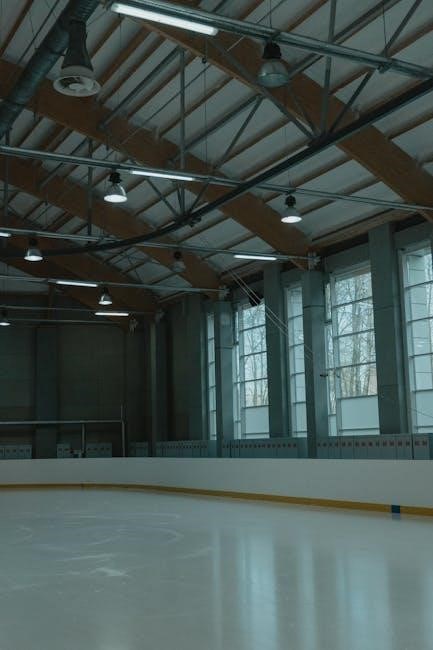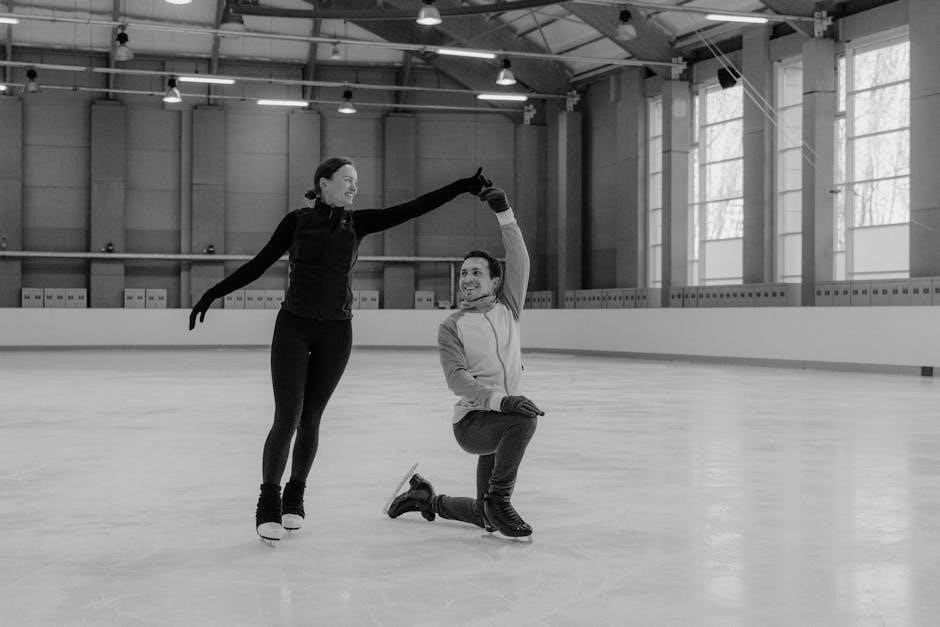peroneal tendonitis exercises pdf

Exercises for peroneal tendonitis are available online in pdf format, providing a comprehensive guide to rehabilitation and recovery, with detailed instructions and illustrations for each exercise slowly.
Understanding Peroneal Tendonitis
Peroneal tendonitis is a condition that affects the tendons on the outside of the ankle, causing pain and inflammation. The peroneal tendons are cord-like structures that attach muscles to the foot, playing a crucial role in walking and balance. Tendon pain on the outer side of the ankle is called Peroneal Tendinopathy. The peroneal tendon is responsible for lifting the outer edge of the foot, and its damage can lead to difficulties in walking and maintaining balance. According to medical resources, peroneal tendonitis can be caused by overuse or repetitive strain on the tendons, leading to tears or inflammation. Understanding the causes and symptoms of peroneal tendonitis is essential for developing effective treatment plans, including exercises and rehabilitation programs, which can be found in peroneal tendonitis exercises pdf guides, providing a comprehensive approach to recovery and healing.

Exercises for Peroneal Tendonitis Rehabilitation
Rehabilitation exercises are designed to promote healing and strengthen the ankle, using gentle movements and stretches slowly and carefully every day.
Standing Calf Stretch ‒ Gastrocnemius
The standing calf stretch is a useful exercise for peroneal tendonitis, targeting the gastrocnemius muscle in the lower leg. To perform this stretch, stand facing a wall with one hand on the wall for balance. Step one foot back about a foot, keeping the heel on the ground and the toes pointed straight ahead. Slowly bend the front knee, keeping the back leg straight, until a stretch is felt in the back of the leg. Hold the stretch for 15-30 seconds and repeat 2-3 times on each side. This exercise can help improve flexibility and reduce tension in the calf muscles, which can contribute to peroneal tendonitis. It is essential to stretch slowly and carefully to avoid exacerbating the injury. Regular stretching can help promote healing and prevent further injury. Proper technique is crucial to get the most benefit from this exercise.

Wobble Board Exercises for Peroneal Tendonitis
Wobble board exercises improve balance and stability, reducing peroneal tendonitis symptoms and pain slowly with regular practice and patience every day.
Wobble Board Exercise Description
A wobble board is a tool used for rehabilitation and balance training, it consists of a flat surface mounted on a pivot point, allowing it to tilt in all directions. To perform wobble board exercises, stand on the board with your feet shoulder-width apart, hold on to a chair or wall for support if needed, and rock the board forwards and backwards, then side to side, repeating the motion for several repetitions. The wobble board exercise description is available in peroneal tendonitis exercises pdf, which provides a detailed guide on how to use the wobble board for peroneal tendonitis rehabilitation, including instructions and illustrations for each exercise, and tips for progressing the exercises as your balance and stability improve, and it is also available online for easy access. The exercise is simple and effective.
Importance of Proper Exercise Technique
Proper technique is essential for effective rehabilitation and preventing further injury slowly online.
Preventing Injury and Promoting Healing
To prevent injury and promote healing, it is crucial to follow a well-structured exercise program, such as those found in the peroneal tendonitis exercises pdf.
These programs typically include a combination of stretching, strengthening, and balance exercises, all designed to reduce pain and inflammation, while improving ankle function and overall mobility.
By following these exercises and listening to your body, you can help prevent further injury and promote the healing process, ultimately reducing the risk of chronic pain and long-term damage to the peroneal tendons.
Additionally, incorporating proper warm-up and cool-down routines, as well as using supportive footwear and orthotics, can also help prevent injury and promote healing.
Overall, a comprehensive approach to exercise and rehabilitation is essential for preventing injury and promoting healing in individuals with peroneal tendonitis.

Peroneal Tendonitis Exercise Programs
Exercise programs are available online in pdf format, providing structured rehabilitation plans slowly and easily.
Accessing Exercise Programs Online
Accessing exercise programs online is a convenient way to obtain rehabilitation plans for peroneal tendonitis, with many websites offering downloadable pdf files containing detailed exercises and instructions.
These online resources often provide a comprehensive guide to rehabilitation, including videos and illustrations to help individuals understand and perform the exercises correctly.
Additionally, online forums and support groups can connect individuals with others who are experiencing similar conditions, providing a sense of community and support throughout the rehabilitation process.
Overall, accessing exercise programs online can be a valuable resource for individuals seeking to manage and recover from peroneal tendonitis, with the flexibility to access and complete exercises at their own pace.
With the abundance of online resources available, individuals can take an active role in their rehabilitation and work towards a successful recovery.

Peroneal Tendon Anatomy and Function
The peroneal tendon is a cord-like structure attaching muscle to the outer foot, playing a crucial role in walking and balance, with complex anatomy and function.
Understanding the Peroneal Tendon
The peroneal tendon is a complex structure that plays a crucial role in ankle movement and stability, and understanding its anatomy and function is essential for effective rehabilitation. The tendon is composed of fibrous tissue that connects the peroneal muscles to the bones in the foot, allowing for flexibility and movement. The peroneal tendon is also responsible for stabilizing the ankle joint and preventing excessive pronation or supination. Injuries to the peroneal tendon can occur due to overuse, trauma, or repetitive strain, leading to pain, swelling, and limited mobility. A comprehensive understanding of the peroneal tendon is necessary for developing effective treatment plans and rehabilitation programs, including exercises and modalities that target the specific needs of the tendon and surrounding tissues. This knowledge can be applied to create personalized exercise programs, such as those found in peroneal tendonitis exercises pdf.
Treatment Options for Peroneal Tendonitis
Treatment involves rest, physical therapy, and pain management, with surgery as a last resort option always considered carefully by medical professionals online.
Rehabilitation and Repair
Rehabilitation and repair of peroneal tendonitis involve a combination of exercises, physical therapy, and pain management. The goal of rehabilitation is to restore strength, flexibility, and function to the affected tendon. A physical therapist can help design a personalized exercise program to promote healing and prevent further injury. The exercises may include stretching, strengthening, and balance training to improve ankle stability and reduce pain. It is essential to progress gradually and avoid overexertion to allow the tendon to heal properly. With proper rehabilitation and repair, it is possible to recover from peroneal tendonitis and return to normal activities. A pdf guide can provide detailed instructions and illustrations to support the rehabilitation process, ensuring a safe and effective recovery. Regular follow-up with a healthcare professional is crucial to monitor progress and adjust the treatment plan as needed.